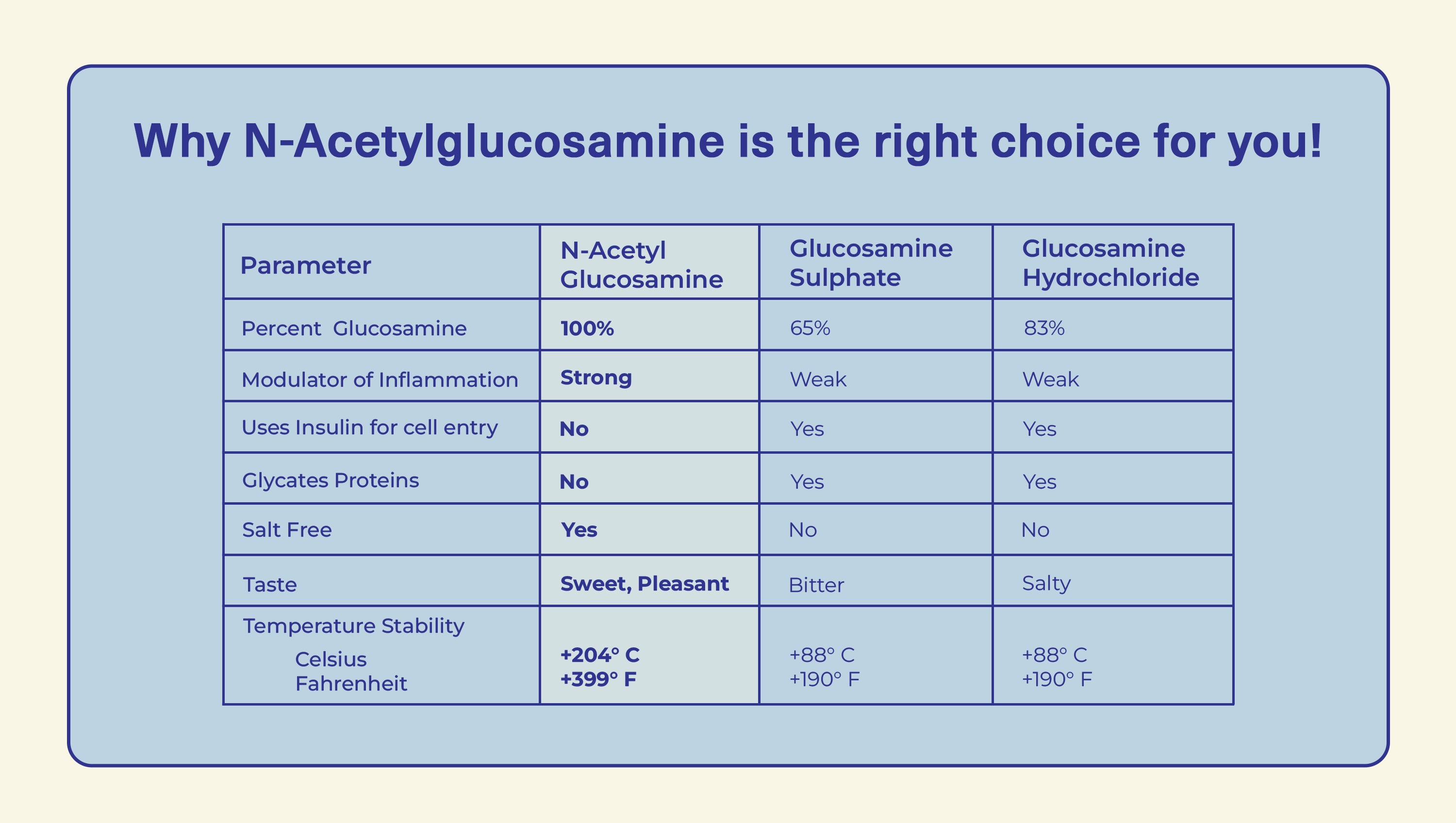

· De Pooja Kukreja
Is Osteoarthritis Genetic? Exploring the Role of Genetics in OA
Have you ever wondered why some people seem more prone to osteoarthritis (OA) than others or whether your family history has a role to play in your OA diagnosis?? Well, let's dive into it together and explore the fascinating world of genetics and its role in OA.
Firstly, let’s clarify what osteoarthritis actually entails. It’s a degenerative joint disease characterised by the breakdown of cartilage and underlying bone in the joints. This deterioration can lead to discomfort, stiffness, and diminished mobility, impacting daily activities to varying degrees.
Now, onto the pressing question: Is osteoarthritis genetic? The short answer is yes, but let's clear that a bit. You see, osteoarthritis isn't solely determined by your genes, but they definitely play a significant role. Think of it like this: your genes are like the blueprint, and your lifestyle and environmental factors are the builders.
Research suggests that certain genetic variations can predispose individuals to OA. These variations may affect the structure and function of your joints, making them more susceptible to wear and tear over time. It’s kind of like inheriting a slightly weaker foundation for your joints.
But here’s a thing: having these genetic predispositions doesn’t necessarily mean you’re doomed to develop OA. Your lifestyle choices and environmental factors also come into play. Things like obesity, joint injuries and repetitive stress on the joints can all contribute to the development of OA, regardless of genetics.
Now the specific genes that have been linked to Osteoarthritis. One of the most well-studied genes is called the GDF5 gene. Variations in this gene have been associated with an increased risk of developing Osteoarthritis, particularly in the knees and hips. Other genes, like those involved in cartilage formation and repair have also been implicated in OA development. But here’s something to know, genetics plays a vital role in OA can actually be empowering. It means that by understanding your genetic predisposition, you can take proactive steps to mitigate your risk. And guess what? Many of these steps are things you’re probably already doing to live a healthy lifestyle.
Maintaining a healthy weight is the key. Excess weight puts added stress on joints, accelerating the wear and tear process. So by eating a balanced diet and staying active, you’re not only improving your overall health but also reducing your risk of developing OA. Another important factor is staying active and keeping your joints moving. Regular exercise helps to strengthen the muscles around your joints, providing them with extra support and reducing the strain on the joints itself. Plus, it helps to keep your joints flexible and lubricated, which can slow down the progression of OA.
And let’s not forget about protecting joints from injury. Whether you’re playing sports or doing household chores, it’s important to use proper body mechanics and equipment to prevent unnecessary strain on your joints. And if you do experience an injury, make sure to seek prompt medical attention to prevent further damage.
In conclusion, while genetics certainly plays a role in the development of osteoarthritis, it's not the only factor at play. By making healthy lifestyle choices and taking proactive steps to protect your joints, you can reduce your risk of developing OA and enjoy a life of mobility and vitality. So, here's to taking charge of your joint health and living your best life!



